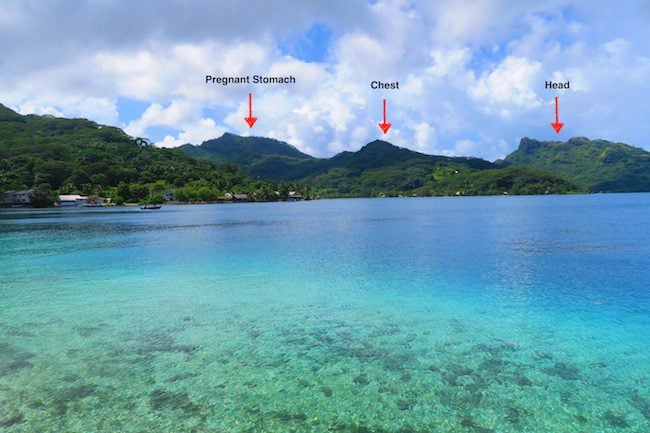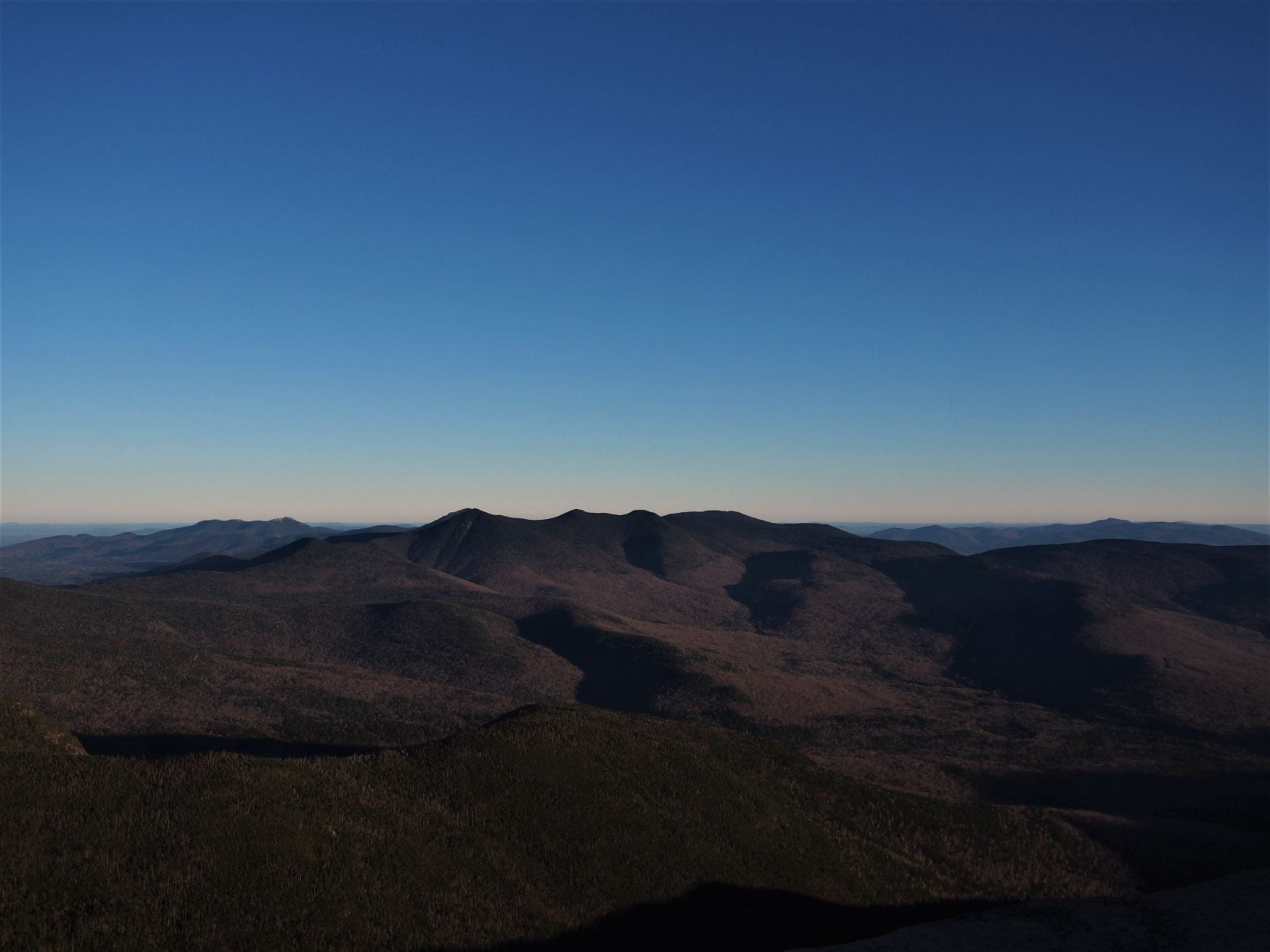Many of us have probably heard of the term “mother-earth” to describe our planet that lies in the milky way galaxy, located in the vastness that is outer space. Over the course of history, women and nature have been entangled in intimate ways. Women and earth are caregivers, providing the essential building blocks for life. Women were also more likely known as healers and gatherers throughout history, using plants to heal in medicinal ways. In regard to ecofeminism, the image below is of a mountain range in Huahine, Tahiti, which resembles a pregnant woman. The Tahitian word for woman is vahine which the word Huahine is a variation of. Huahine, Tahiti is described as a fertile land full of life, which the Huahine mountain range encapsulates. The preservation of this land is imperative, not only to the local population that resides there, but the history that is connected to the Tahitians original ancestors and a pivotal place of French Polynesian culture.
Just as a tree’s rings resemble the fingerprints taken from a human finger, we as people who walk this earth are deeply connected to nature and can find connections everywhere we look.

Image credits: https://xdaysiny.com/huahine-travel-guide-french-polynesia/page/2/?viewfull=1
What is Ecofeminism?
Within the term “ecofeminism” there is not a single, definite theory. As Laura Hobgood-Oster describes ecofeminism in an essay called Ecofeminism: Historic and International Evolution, it is “multi-faceted and multi-located, challenging structures rather than individuals” (Hobgood-Oster 2). Ecofeminism started to come to light during the 1970s-1980s and is a cultivation of activism, environmentalism and feminism (Hobgood-Oster 2). Throughout time, our environment has become oppressed by mankind, as well as oppressing the woman who walk this earth. Ecofeminism looks to change this by looking at how woman can be liberated from the patriarchal oppression and androcentric thinking. Therefore, it could be stated that with the liberation of woman means nature too is liberated and when nature is free, so is woman. Ecofeminism will continue to grow in different ways and aspects, focusing on more current and prominent issues as time ticks on (Hobgood-Oster 15).
Back in 1975, right when Ecofeminism was being introduced to the world, a women’s group was formed due to woman speaking out about their own history and experiences which was shared with other woman and people at the “first Pacific Women’s Conference” that was held in Suva, Fiji (Danielson). Although Tahiti is brimming with life, due to immigrants coming to the island looking for work, as well as military development such as nuclear testing, the population increased rapidly causing harm to the environment and the people living there (Danielson). The construction caused the coastal regions and once pristine lagoons in Tahiti to become filled with pesticides as well as sewage (Danielson). Health problems began to increase within the local population including miscarriages, leukemia, tumors were found more frequently in patients’ brains and thyroid infections increased (Danielson). Looking at animal rights activism is another part of ecofeminism (Hobgood-Oster 14). The wildlife in Tahiti was being poisoned and algal bloom started occurring (Danielson). This caused ciguatera fish poisoning which six hundred residents on Mangareva Island passed away from (Danielson).
Regarding Polynesian women, they were looked at as “unclean” and “inferior”, and they don’t have a say when it comes to politics or the economy (Danielson). Therefore, by women participating in Pacific Women’s conference their voices were heard and their history and knowledge was shared to other people suffering their same fate. Ultimately, their movement helped spread information about nuclear testing and the impact it had on their livelihood, resulting in their movement gaining traction to provide a better future for themselves and the environment (Danielson).
“Gender is also fundamental in understanding human interaction with the environment and with respect to natural resources”
– Sarah Mvududu
Below is a photo of the 13th Triennial Conference of Pacific Women

Image credits: UN Women/Terri O’Q
Work Cited:
Danielson M. T. (1993). Problems in paradise: the case of Tahiti. INSTRAW news: women and development, (19), 47–52.
Hobgood-Oster, Laura. (2002). Ecofeminism: Historic and International Developments. Southwestern University. 1-18.
Huahine. Tahiti. (2023). https://www.tahiti.com/island/huahine

Hi Sam!
I really enjoyed reading your post, looking at the picture that you posted of the Pacific women, and the one of the mountains behind the water, being identified as a pregnant woman!
The quote that you included at the end of your post sparked my interest. The one by Sarah Mvududu. The reason being is that it seems that we are living in a time where gender is no longer only restricted to man and woman but many more open terms and concepts. I’m wondering if in the future we will still care about the earth even if women aren’t the sole connectors? How will trans and non binary lives come into play when we think about the earth, and it’s relationship to our survival?
Although we as women still have many fights in our lifetime, we have come such a long way in how we address issues that effect our health, and the well being of animals, and nature around us. We are reminded that in movies, media, and the fight for veganism that a lot of women are a part of.
Looking at the women in the picture, they are not dressed in current fashion, but in dresses that are a refection of their values about the area that they live in. They value the earth, and each other, and you can tell that they are working together towards a more sustainable future for the health of themselves, each other, and the babies that are to come in the future.